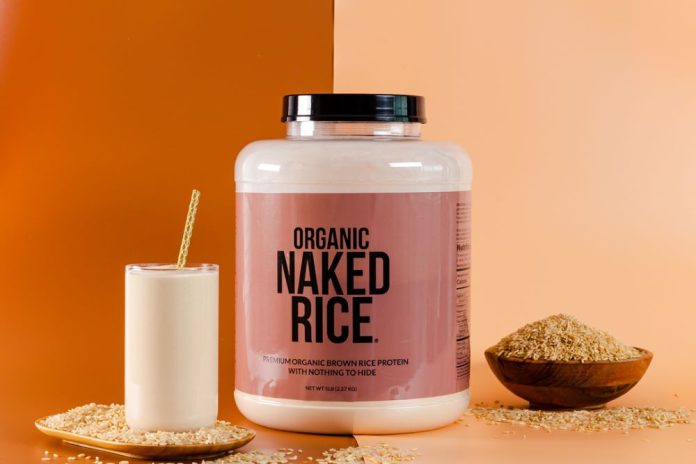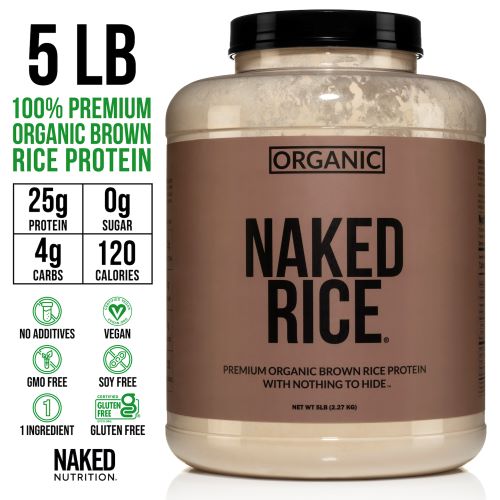What is rice protein powder? All in all, it’s brown rice that’s ground down and treated to separate starch from protein. What’s left is a protein base that’s rich in amino acids that makes a great alternative to whey proteins, especially for a vegan diet.
Rice protein is amongst the choices of alternative plant-based proteins available in the market these days.
There are also other popular options for plant-based protein powders such as:
- Pea based
- Hemp Based
If you’re curious about pea protein, check out my review of Naked Nutrition’s Pea-based Pumpkin Spice.
Hemp protein, on the other hand, is harder to come by, and I personally haven’t tried it.
Although for this article, we’ll be reviewing rice protein powder.
The folks at Naked Nutrition were nice enough to send me a 5lb tub to try, and after a good month of trying, here’s what I learned:
Rice Protein Powder vs Other Protein Sources
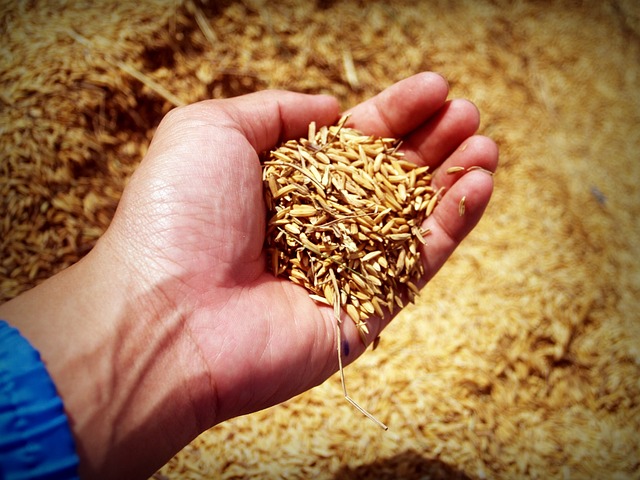
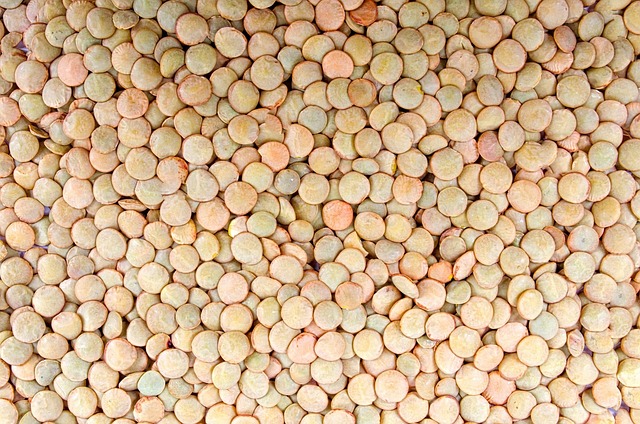
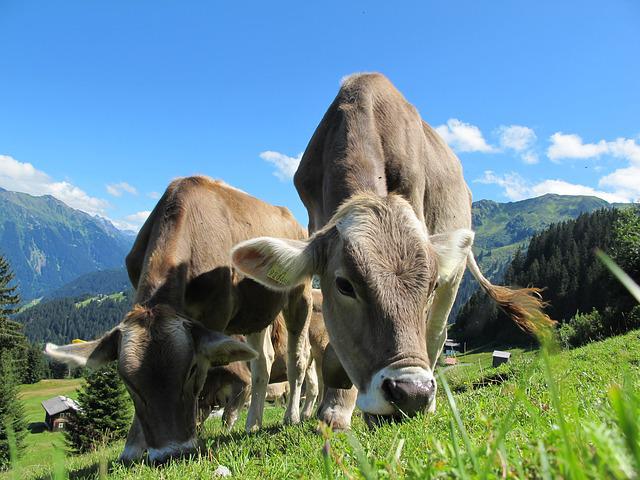
So how does organic rice protein compare to other protein sources?
Get ready, this is about to get sciency
Rice Protein Powder’s Amino Acid Profile – Naked Rice Organic
I pulled this info from the back of Naked Rice’s 5Lb tub.
The numbers represent mg/serving, which is 2 scoops (30g)
| Isoleucine*^ | 1023mg |
| Leucine *^ | 2058mg |
| Valine*^ | 1900mg |
| Alanine | 1383mg |
| Arginine | 1941mg |
| Aspartic acid | 2247mg |
| Cystine | 489mg |
| Glutamic acid | 4482mg |
| Glycine | 1089mg |
| Histidine* | 564mg |
| Lysine* | 741mg |
| Methionine* | 684mg |
| Phenylalanine* | 1359mg |
| Proline | 1092mg |
| Serine | 1284mg |
| Tryptophan* | 327mg |
| Tyrosine | 1197mg |
^Branched-Chain Amino Acids
So if you look closely, rice protein is pretty balanced in essential amino acids but has low levels of histidine, and tryptophan.
Its levels of methionine and lysine could be better but aren’t so bad.
Let’s see how others compare:
Pea Protein Powder’s Amino Acid Profile – Naked Pea Premium
Same here, info from the back of Naked Pea’s 5LB tub.
The numbers represent mg/serving, which is 2 scoops (30g)
| Isoleucine*^ | 1428mg |
| Leucine *^ | 2523mg |
| Valine*^ | 1509mg |
| Alanine | 1236mg |
| Arginine | 2556mg |
| Aspartic acid | 3543mg |
| Cystine | 261mg |
| Glutamic acid | 5187mg |
| Glycine | 1191mg |
| Histidine* | 753mg |
| Lysine* | 2208mg |
| Methionine* | 294mg |
| Phenylalanine* | 1656mg |
| Proline | 1371mg |
| Serine | 1629mg |
| Threonine* | 1215mg |
| Tryptophan* | 309mg |
| Tyrosine | 1107mg |
^Branched-Chain Amino Acids
Now if you look closely, pea protein is high in the essential amino acid lysine that rice protein lacks although it’s very low in methionine and tryptophan.
Histidine levels are low but still the highest among pea and whey protein.
Whey Protein’s Typical Amino Acid Profile – Naked Whey Premium
Same here, info from the back of Naked Whey’s 5LB tub.
The numbers represent mg/serving, which is 2 scoops (30g)
| Isoleucine*^ | 1491mg |
| Leucine *^ | 2982mg |
| Valine*^ | 1395mg |
| Alanine | 1098mg |
| Arginine | 582mg |
| Aspartic acid | 3063mg |
| Cystine | 183mg |
| Glutamic acid | 4677mg |
| Glycine | 495mg |
| Histidine* | 444mg |
| Lysine* | 2310mg |
| Methionine* | 627mg |
| Phenylalanine* | 816mg |
| Proline | 1863mg |
| Serine | 1419mg |
| Threonine* | 2127mg |
| Tryptophan* | 462mg |
| Tyrosine | 798mg |
^Branched-Chain Amino Acids
Looking at whey protein, I’m actually surprised, I was expecting it to have the best essential amino acid profile. But just like other protein powders, whey protein has weaknesses.
If you look closely, you’ll see it has the lowest histidine levels of the three, with moderate levels of methionine and also the lowest levels of phenylalanine, which are found in high levels in both rice and pea.
One of the noticeable variants here is that whey protein has very high levels of lysine, as opposed to rice protein.
Whey also has the highest levels of tryptophan, which are hard to come by.
Advantages vs. Disadvantages of Rice Protein Powder

The advantage of using rice protein powder is that it has quite a balanced amino acid profile and is not extremely low in any essential amino acid.
Other advantages of rice protein powder:
- Organic
- Plant-Based
- Free of additives
- No sugars
- Does not trigger allergies
- Works for lactose-intolerant folk
There are disadvantages though, here’s what I found:
- Chalky
- Acquired taste
- Very powdery (can cloud up)
- Strange smell
Honestly, at first, it was just strange but personally, I was really quick to adapt. It just smells like dry rice, and the taste is bland and chalky but I got used to it super fast.
Naked Nutrition’s Organic Rice Protein Powder

So what sets Naked Nutrition’s organic rice protein apart from other brands?
Naked Nutrition has nothing to hide, everything you need to know is right there on the bottle and on the website. They don’t test their product themselves, which removes bias. They test their product for heavy metals and melamine by an independent third party.
Additionally, they use a hexane-free extraction process to create a protein with a superior amino acid. This is important because processing often destroys many amino acids.
Also to note, they have more protein per scoop than most other companies I’ve seen. 25g per scoop as opposed to ~20g per scoop.
How is rice protein powder produced?
At naked nutrition, rice protein powder is produced by a mechanical process, with no chemicals, that separates the proteins from starches.
How to Incorporate Rice Protein Powder into Your Diet
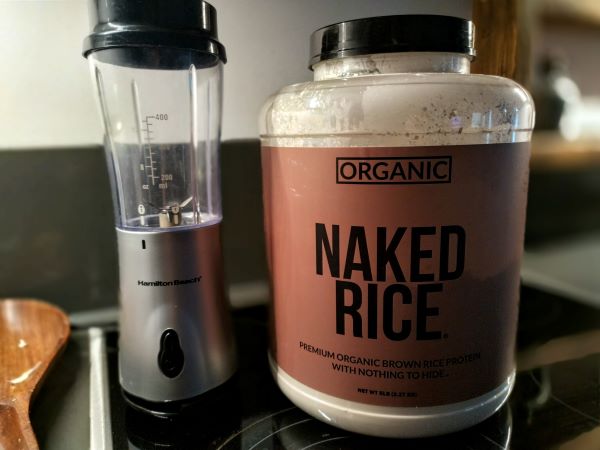
Now if you decided to order some, here are some tips on how you can use it.
Easy Way to Add Rice Protein Powder to Your Day
I tried in water, it’s fine but you want to chug it and get it over with.
Personally, I came to enjoy blending it with milk, and bananas. I’m not sure why but on the first shake I could clearly taste the powder but in my consecutive shakes, I could barely notice it apart from the chalkiness.
I’d say an 8/10 and perhaps an extra point for how well it sits in my stomach.
Now I just add rice protein powder into the daily shakes I have with breakfast. Easy peasy!
Any Recipes for Naked Rice Protein Powder?
Maybe not a recipe per se, but mix it with pea protein powder! Somehow the two really smooth each other out and your end product has a much more robust amino acid profile.
You can also add it to thicken soups, or try adding it when baking muffins, pancakes, biscuits, or granola.
Tips & Tricks from Other Naked Rice Users
What works well to mix with Naked rice protein powder:
- Flavored water such as: Coconut, maple, aloe, and bamboo water.
- Milk such as: Almond milk, dairy, soy, or chocolate milk.
- Nuts & Seeds such as: Flax seeds, chia seeds, peanut butter, oats, and almonds.
- Fruits & Berries such as: Acai, cacao, bananas, blueberries, pineapple, and strawberries.
Conclusion
- Rice Protein Vs. Other Proteins
- Advantages vs. Disadvantages
- Naked Nutrition’s Rice Protein
- How to Add to Your Diet
Recap
So we learned how rice protein compares to other popular protein sources, and it holds its ground quite well!
Mixed with pea protein, it gives you a solid amino acid profile that’s perfect for your daily extra protein.
Even by itself, it’s fine, it’s great for anyone with allergies or lactose intolerance.
By using Nake Nutrition’s Rice Protein Powder, you get what you pay for: A premium, organic rice powder to fill your daily protein quota.
My Opinion
Don’t get discouraged the first time you try it, give it some time. Try some new recipes and I guarantee you’ll find one that works for you and then you’ll hardly notice the rice protein powder is in there.
I’m a tree planter, and we burn up to 8000 calories daily. You can bet I’ll be using Naked Nutrition’s protein powders. They’re organic, they sit well in my stomach, and don’t give me heavy protein gas. Sold!
By itself, I give rice protein an 8/10, and mixed with pea protein and some fruits 10/10.
Try it out!

